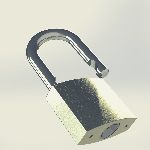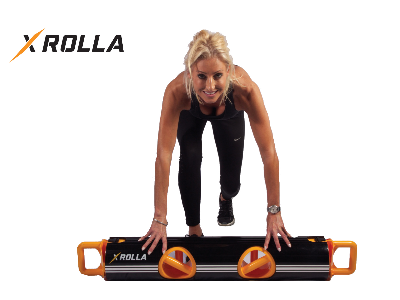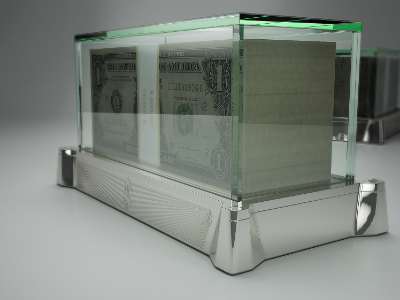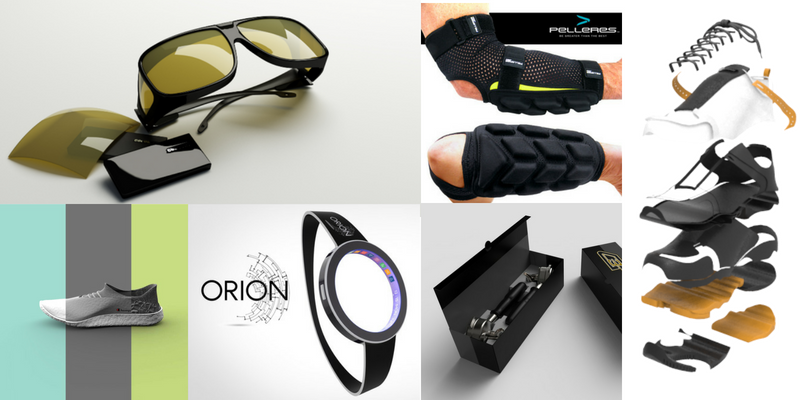When you have an idea for a new product, it’s hard not to jump in right away and get started on trying to develop it. A lot of planning goes into effective product development, and there are many necessary steps you need to consider before you even get started.
How do you effectively turn your idea into a product that people will actually want to buy? These seven tips will help you along the way.
1. Research First
 Once you have an idea that you feel is unique, you must first check to see if it actually is unique. You can do this by checking the U.S. Patent and Trademark Office, or Cad Crowd can help you search for pre-existing patents as part of our comprehensive intellectual property services. There are often tens, if not hundreds, of thousands of new patents granted each year in the U.S. If you find a product in your personal search or during a professional patent search that is too similar to your product idea, it’s time to go back to the drawing board.
Once you have an idea that you feel is unique, you must first check to see if it actually is unique. You can do this by checking the U.S. Patent and Trademark Office, or Cad Crowd can help you search for pre-existing patents as part of our comprehensive intellectual property services. There are often tens, if not hundreds, of thousands of new patents granted each year in the U.S. If you find a product in your personal search or during a professional patent search that is too similar to your product idea, it’s time to go back to the drawing board.
So, you have an original idea. Before you move forward, you may need to conduct research to determine where your product will best fit into the market. It’s also essential for you to be aware of and understand the history of the market that you want your product to break into. For example, Georgina Gooley and Jason Bravman of Billie, a company that produces razors, had to be knowledgeable about the ins and outs of the women’s shaving industry in America as they developed new shaving products for women while addressing typical gender issues associated with the market.
Sometimes, the great idea doesn’t come first, but instead, arises from customer feedback about products that already exist. You can use crowdsourcing to test the market for product viability, or use blast surveys or online quizzes, such as ones that can be created using SurveyMonkey or Typeform to help you determine ways to improve or enhance your product or set it apart from similar products that already exist in the market. Inviting consumers to participate in a focus group can be beneficial, especially if you’re looking to develop a specialized product for a narrow market. Be sure to address the needs of the customer while also understanding the demand for your product – will it actually meet a want or a need?
2. Keep it Safe
 Protecting your intellectual property is vital if you’re developing a new product. Follow the proper legal channels when developing a new product – have all people involved in the developmental process sign a non-disclosure agreement. File for a provisional patent while you are still developing your product – this will act as a placeholder while you are in the initial stages of product development – then file for a regular patent.
Protecting your intellectual property is vital if you’re developing a new product. Follow the proper legal channels when developing a new product – have all people involved in the developmental process sign a non-disclosure agreement. File for a provisional patent while you are still developing your product – this will act as a placeholder while you are in the initial stages of product development – then file for a regular patent.
Always use a professional patent attorney and make sure that you don’t provide too much information while locating designers and engineers. You should patent your product in only one country during the initial development stages. Once your product is further along in the developmental process or has been successful in the market, then you can consider applying for patents in other countries.
3. Simplicity is Key

A key feature of an effective product is its simplicity. If your product is quicker and easier to use than your competitors’, your product will be more desirable, or at the very least, stand out. This also applies to packaging design: a product has to catch a customer’s attention in 3-4 seconds, so it’s important to keep packaging simple, easy to read, and not too busy. Consider aspects of your new packaging design that might appeal to or deter your target customers based on what you’re trying to sell. For example, you might choose to package eco-friendly bamboo toothbrushes in recycled cardboard packaging instead of layers and layers of plastic.
Brand continuity is essential if you intend to produce multiple products. It allows customers to associate the product with a brand that they recognize: yours. You may wish to design your brand to stand out in a specific way, but you should consider ways that the product may appeal to different sectors of the same market – for example, not all women will find pink and purple packaging appealing when buying female hygiene products, so how could you make these products appealing to a wider group of women?
4. Don’t Cheap Out

Just because the cost of something is low doesn’t mean that it’s good, especially when it comes to choosing materials and manufacturers. Be selective about the people or companies you decide to partner with. Depending on the type of product you are trying to develop, sometimes finding partners, such as manufactures, can be problematic. Be wary of scams! Always take the time to choose the right manufacturer and supplier for you. You may wish to consider recommendations from friends or colleagues or look to third party sites that can help you find the perfect partner. If you’re searching for designers, Cad Crowd can help put you in contact with industry professionals in no time.
Once you have created an initial prototype of your product, solicit feedback over and over again in order to make design adjustments – you will find that customers often respond to the cheapness of your product. Make sure you communicate with your manufacturer, so you understand your options as well as the implications of your material choices. Be sure to personally visit any factory that you wish to have produce your product; it’s important to establish a good working relationship with your manufacturers.
5. Price it Right

Sometimes the price can make or break a product. Be conscious of profit margins and don’t forget to factor in overhead costs when you’re pricing your product, including shipping and duty costs. Also be sure to consider the market price – if your product is entering the market as a competitor, then it shouldn’t be priced at a point much higher or lower than similar products already in the market. You can always hire a product development consultant to help you determine the best price for your product.
Once you’ve considered all your costs, if you have to price your product too high to make a reasonable profit, then it may be time to tweak your manufacturing strategy.
6. Don’t Overdo It
 Will you be able to scale up your manufacturing ability quickly if market demand is high, while remaining conscious of scaling too high and ending up with too much stock?
Will you be able to scale up your manufacturing ability quickly if market demand is high, while remaining conscious of scaling too high and ending up with too much stock?
Be conscious of excessively overstocking your product. Consider the cash flow, shipping times, storage space, and the shelf life of your product before making an initial product order. Conduct market research to formulate an idea of how much of your product you’ll need for an initial sales run.
Creating a prototype is a necessary step before launching a product. Prototyping can help you determine if your developmental cost estimates are accurate and can also test the market for product reception and potential demand.
A limited release at the manufacturing stage can help build demand for a product while giving manufacturers the time to produce the amount of product needed to meet the demand at the time of a full release. A feedback loop is created by this process and you can use the information provided by the market upon receiving your initial prototype to modify your product or start over if need be.
7. Preparation and Communication
Once you’re happy with your product’s design, it’s time to find a retailer to sell your product. Practice your communication and be prepared to respond to any question potential retailers might throw your way. Focus on three big selling points to pitch to retailers and remember: simplicity is key. Be persistent (but not annoying) when it comes to landing your ideal retailer. However, be hesitant when pitching to large format box stores, as you will need wide profit margins and they often require that you provide your own display units.
You should have a good marketing plan before your product is ready to go off into the hands of your customers. An e-commerce website is essential if you plan to sell your product online, but it must also be paired with an appropriate digital marketing strategy that appeals to your customers.
Effectively developing a product can take time, and often it can take several tries before you find the process that works best for you. However, don’t be discouraged if you run into roadblocks along the way. It’s very rare for a product to reach the market without having to jump over several hurdles first.
CAD services and product design on demand
There is no time like the present, so contact Cad Crowd for a free quote today to help you get started on the path to effective product development. We have a database of freelance CAD designers from around the world who are here to help you with the design plans for the product you’ve been dreaming of. We ensure top quality results at an affordable price. There’s nothing to lose when you choose Cad Crowd.
